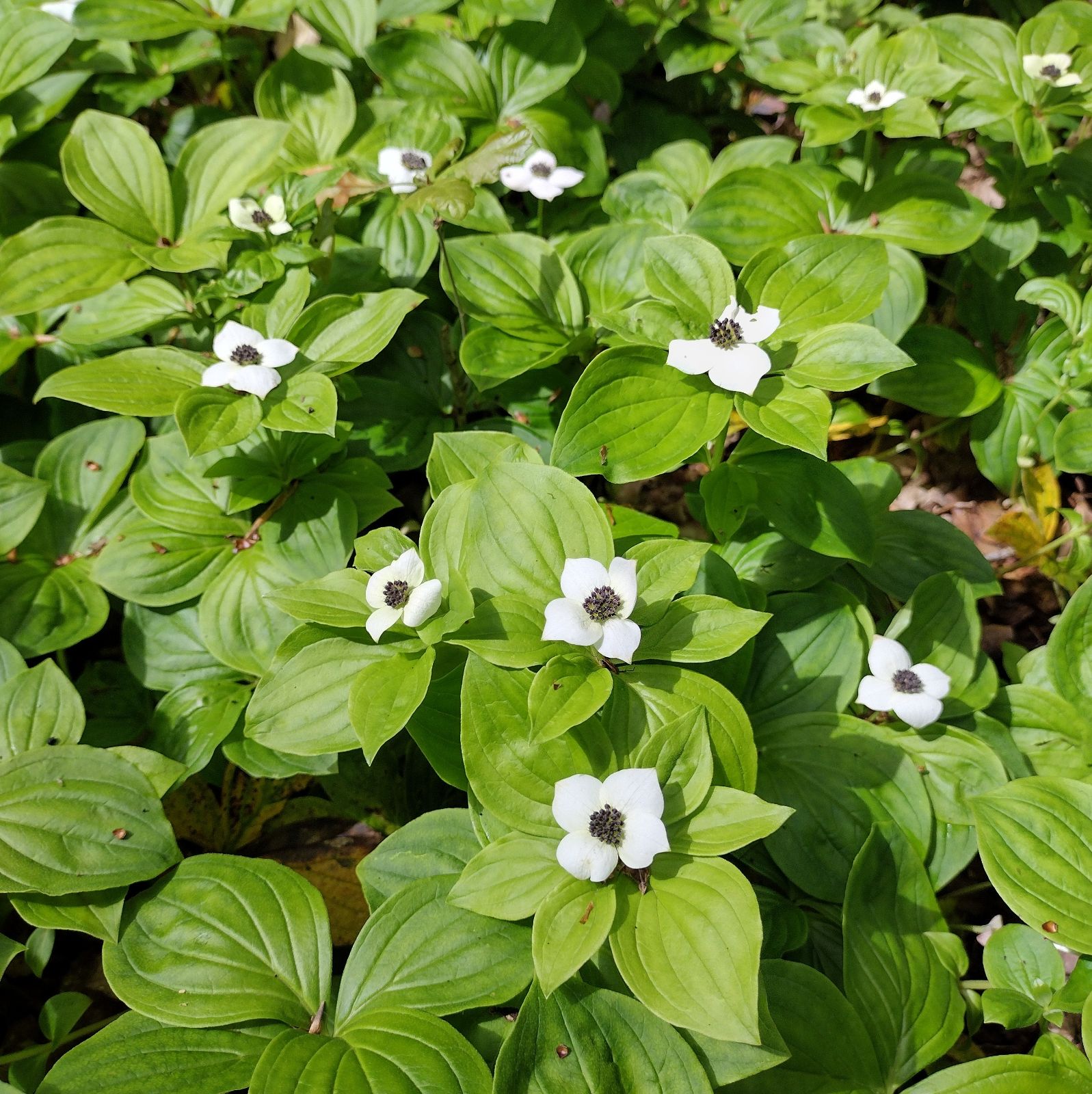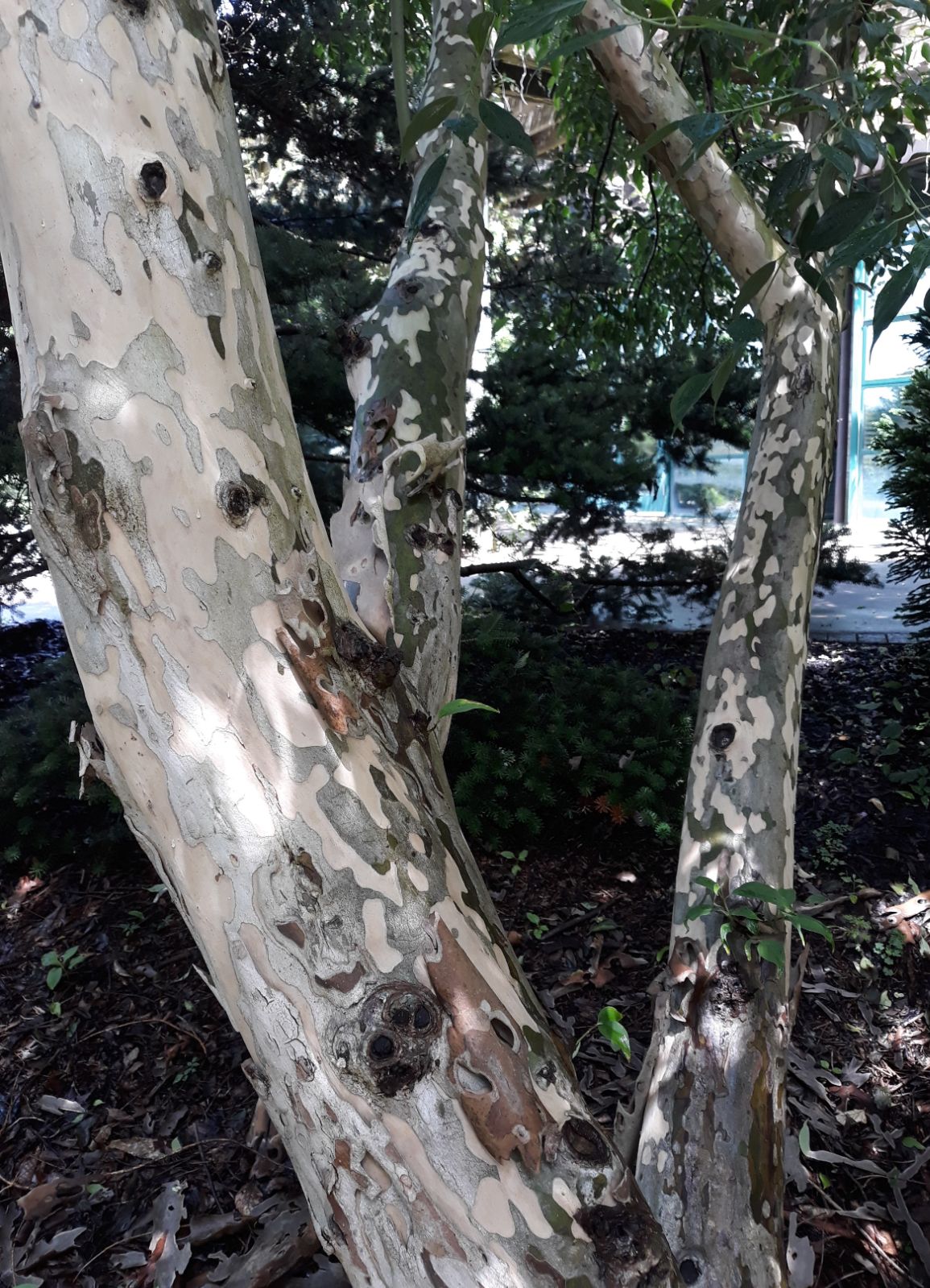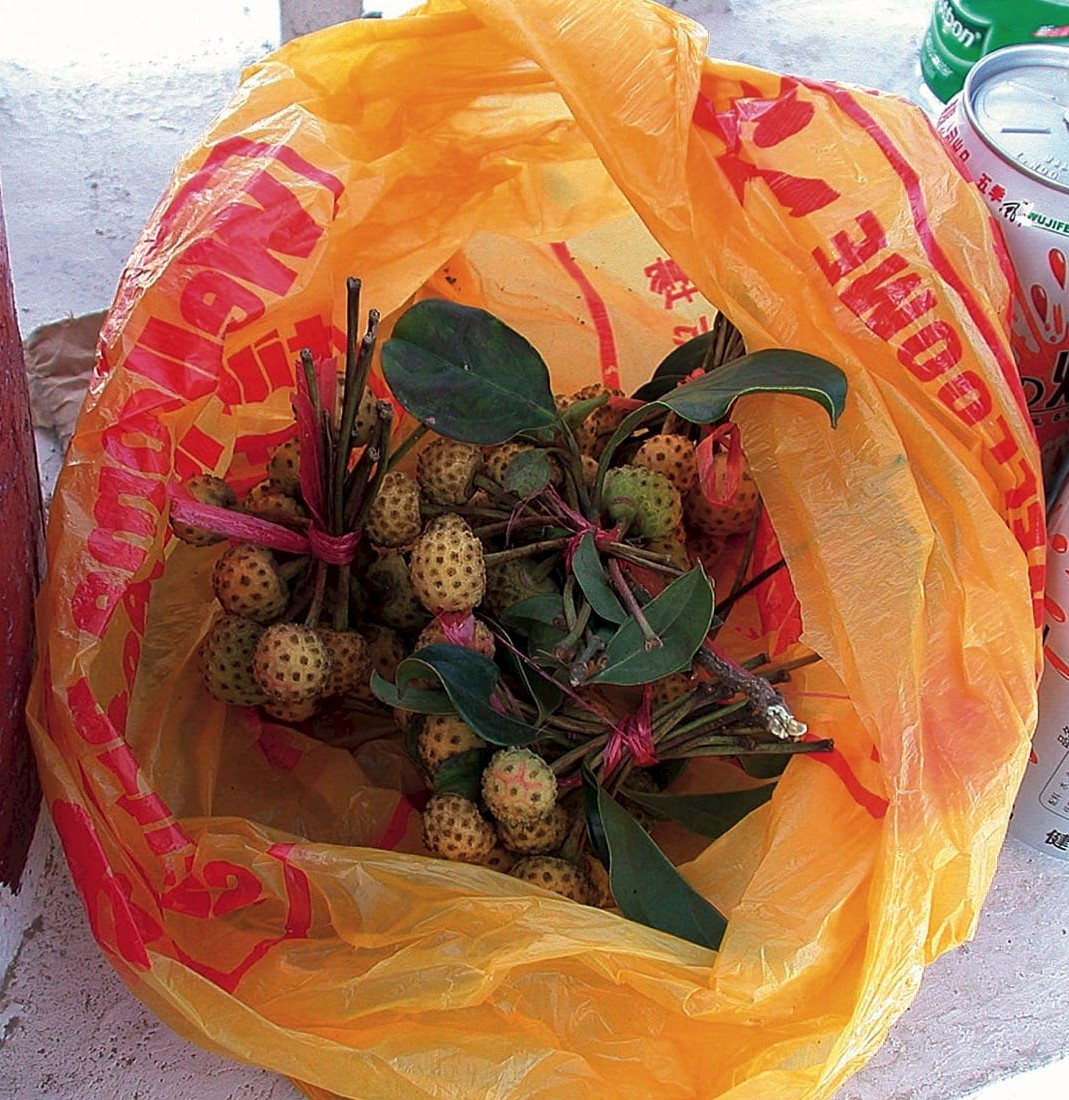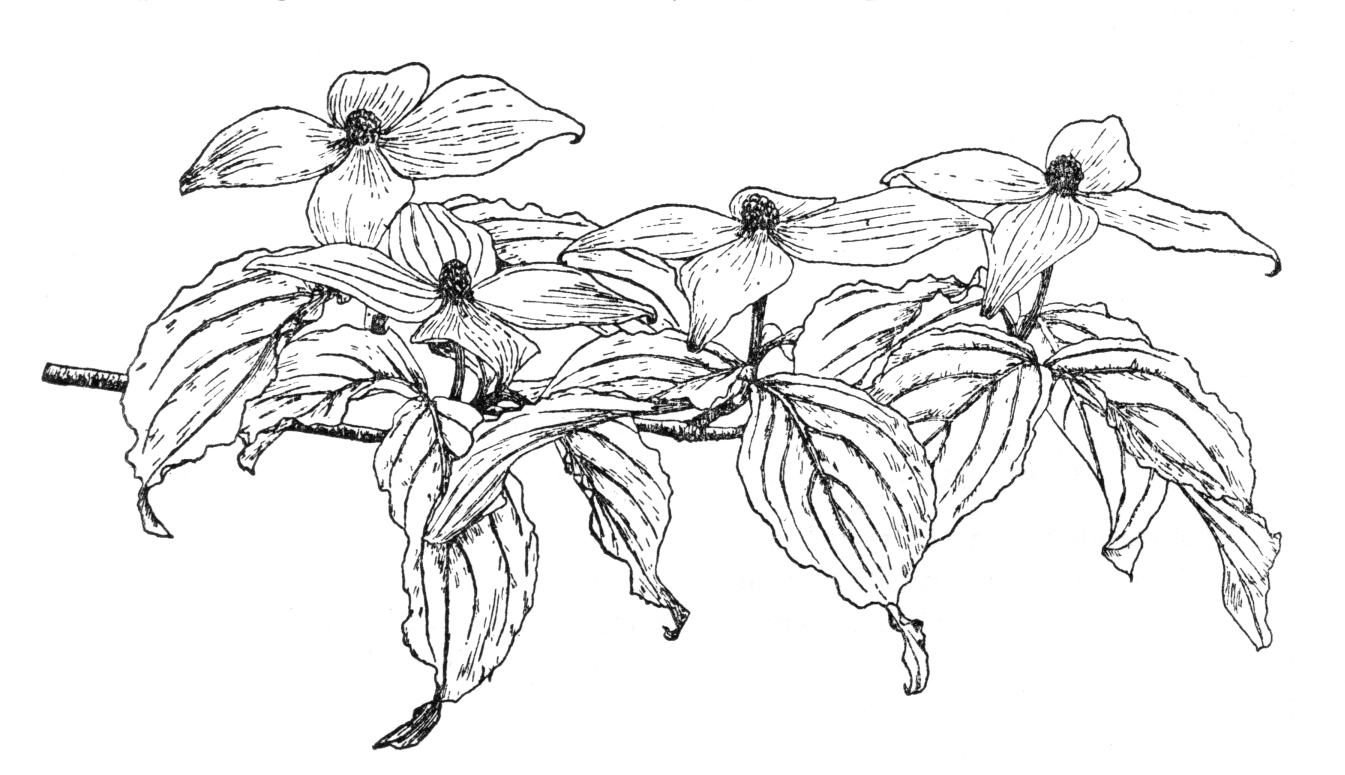Cornus
Credits
Article from Bean's Trees and Shrubs Hardy in the British Isles
Article from New Trees by John Grimshaw & Ross Bayton
Recommended citation
'Cornus' from the website Trees and Shrubs Online (treesandshrubsonline.
Family
- Cornaceae
Common Names
- Dogwoods
- Cornels
Synonyms
- Afrocrania (Harms) Hutch.
- Chamaepericlymenum Hill
- Dendrobenthamia Hutch.
- Swida Opiz
- Yinquania Z.Y. Zhu, etc.
Species in genus
- Cornus alba
- Cornus alternifolia
- Cornus amomum
- Cornus asperifolia
- Cornus australis
- Cornus baileyi
- Cornus canadensis
- Cornus capitata
- Cornus chinensis
- Cornus controversa
- Cornus × dunbarii
- Cornus elliptica
- Cornus florida
- Cornus glabrata
- Cornus hemsleyi
- Cornus hessei
- Cornus hongkongensis
- Cornus × horseyi
- Cornus kousa
- Cornus macrophylla
- Cornus mas
- Cornus monbeigii
- Cornus nuttallii
- Cornus occidentalis
- Cornus paucinervis
- Cornus racemosa
- Cornus rugosa
- Cornus sanguinea
- Cornus schindleri
- Cornus sessilis
- Cornus stolonifera
- Cornus wilsoniana
Cornus has been the subject of considerable scrutiny by taxonomists attempting to subdivide the genus. Several segregate genera have been proposed (Dendrobenthamia, Swida, etc.), though often these do not reflect groupings identified by DNA and other evidence (Murrell 1993, Xiang et al. 1996, Fan & Xiang 2001). This account follows Eyde (1987) and Flora of China (Xiang & Boufford 2005) in recognising Cornus in a broad sense, with 50–60 species in the temperate northern hemisphere, but also one to two species in South America and one in Africa. Specific recognition can also be difficult, and several taxa are much confused in horticulture.
Notwithstanding this taxonomic uncertainty, there are four easily distinguished groups within Cornus: the cornelian cherries (for example, C. mas), the dwarf cornels (for example, C. canadensis), the large-bract dogwoods (for example, C. florida) and the bractless dogwoods (for example, C. sanguinea) (Eyde 1987). They can be shrubs, trees or rhizomatous ‘herbs’ (actually miniature shrubs), with deciduous (rarely evergreen) leaves. The rough bark of the tree-forming species does not compare with the colourful bark of C. alba or C. sericea. The stems are typically pubescent, with distinctive T-shaped trichomes. Winter buds are terminal or axillary, covered or exposed. The leaves are opposite (alternate in C. alternifolia and C. controversa), simple, elliptic to ovate and glabrous or densely pubescent: details of hair types and abundance are important for identification. Flowering may occur before or after spring leaf expansion, and most species are monoecious (dioecy is restricted to the African C. volkensii Harms.). Inflorescences are terminal (axillary in C. chinensis) and may be surrounded by petal-like bracts. The flowers are arranged in dense heads or open panicles, umbels, etc. They are hermaphrodite (rarely unisexual), 4-merous and with inconspicuous, valvate petals. The fruit is a fleshy, pedunculate drupe and may be black, blue, white or red. One or two seeds are enclosed within the hard endocarp, which in the cornelian cherries is riddled with cavities (Kubitzki 2004, Cappiello & Shadow 2005, Xiang & Boufford 2005). In the Asian large-bract dogwoods of subgenus Syncarpea (for example, C. kousa), all the fruits in the inflorescence fuse (syncarpy) to form a compound fruit, containing multiple stones. This may be an adaptation to seed dispersal by monkeys (Eyde 1985). Allen Coombes (pers. comm. 2007) reports of the fruits of C. hongkongensis: ‘These are eaten in China (as I suppose all the others are as well). We saw them for sale in Hunan in 2004, tied in bunches with raffia. Our driver would quickly devour fruits of all the flowering dogwoods we collected!’ When not required as a snack, these fruits are very ornamental in the garden.
The dogwoods are an extremely popular group of small trees and shrubs, whether grown for their stems, foliage or floral display, and have been the subject of a recent horticultural monograph (Cappiello & Shadow 2005) that describes – though not always in sufficient detail – the vast number of horticultural selections currently available. The majority of these are ‘flowering dogwoods’ with conspicuous bracts around the flower clusters, and most are cultivars of C. florida or C. kousa. The hybrid between C. florida and C. kousa (sometimes known as C. ×rutgersiensis or C. ×rutgersensis, though neither form has been validly published) combines the characters of these two superb species in different proportions; most importantly, however, the hybrid plants are also largely resistant to the anthracnose disease caused by Discula destructiva now so prevalent on C. florida in the eastern United States. The Stellar Series, raised by Dr Elwin Orton of Rutgers University, New Jersey, is the principal group of these hybrids, and several excellent clones have been selected and promoted under strict patenting procedures. These include ‘Rutcan’ (sold as Constellation), with masses of white ‘flowers’, and ‘Rutgan’ (Stellar Pink), with pink. Dr Orton has also crossed C. kousa and C. nuttallii, and backcrossed their progeny: ‘KN30–8’ (Venus) is a spectacularly large-flowered clone that has recently been released to commerce (Eberts 2007).
A number of selections have been made in C. nuttallii, but this species’ main contribution has been as a parent of some exceptional hybrids with C. florida, that perform better in maritime Europe than either of the parents. These include ‘Eddie’s White Wonder’ with very large inflorescences (usually highly praised on both sides of the Atlantic, and given the Award of Garden Merit by the Royal Horticultural Society, though somewhat damned by Dirr (1998) for lack of hardiness in East Coast conditions), and the beautiful ‘Ormonde’, raised at Kew – both discussed by Clarke (1988). A further group of hybrids involving C. kousa and C. capitata first originated in the garden of Norman Hadden of Porlock, Devon in the 1950s (Clarke 1988, Andrews 1990), of which both ‘Norman Hadden’ and ‘Porlock’ are of exceptional merit and well deserve their Awards of Garden Merit.
The evergreen species described below add persistent leaves to many of the qualities of their deciduous relatives, but as yet comparatively few selections of these have been made. The group is horribly muddled in cultivation and taxa may appear under any of several nomenclatural permutations. It is hoped that the present account will help to straighten this out, but close attention must be paid to details of the leaves to achieve an identification.
A rich soil and warm conditions are preferred by most Cornus, and the evergreen species in particular will benefit from shelter from cold winter winds.
Bean’s Trees and Shrubs
Cornus
Cornel, Dogwood
Trees or shrubs with usually deciduous opposite leaves, the only exceptions being C. capitata, more or less evergreen in mild districts; and C. alternifolia and C. controversa both of which have alternate leaves. Flowers usually white, sometimes greenish or yellowish, always small, and produced in terminal corymbs or cymes, or clustered densely in heads; the parts of each flower are in fours. Fruit a drupe containing a two-celled stone. Many of the cornels are characterised by having the hairs of the leaf flattened to the surface and attached to it by their centres.
The species of Cornus treated in this work can conveniently be classified into four units, each of which should, in the opinion of some botanists, be given generic rank. The dismemberment of Cornus is not accepted in this work but in the following analysis the names of the segregate genera are given, together with their authors and synonymy.
1. Flowers borne in corymbose inflorescences which lack both bracts and bracteoles. This is the largest group and contains all the species described in this work except those mentioned by name under the other three groups. Considered as a genus, this group would take the name Swida Opiz (1838) (syn. Cornus L. emend. Hutch. (1948); Thelycrania (Dumort.) Fourr.). The generic name is also spelt’Swyjda’ or ‘Svida’.
2. Flowers borne in dense umbels with a yellowish involucre which falls as the flowers open. Here belong C. mas and its allies, namely C. officinalis and chinensis from E. Asia and C. sessilis from western N. America. Although Linnaeus did not designate a type-species for the genus Cornus, the name had been restricted to C. mas by Opiz in 1838 and this species and its allies would therefore constitute the genus Cornus in the narrow sense (syn. Macrocarpium Nakai).
3. Flowers in dense clusters, surrounded by large and conspicuous bracts. This group may be subdivided as follows:
a) Fruits clustered but free from each other. Here belong C. florida and nuttallii (also the Mexican C. urbaniand).
b) Fruits completely united into a fleshy compound fruit (syncarp). To this group, confined to E. and S.E. Asia, belong C. capitata, C. kousa and a few other species.
The correct name for this group, if considered to rank as a genus, would be Benthamidia Spach (1839) (syn. Benthamia Lindl. (1833), not Lindl. (1830), nor A. Rich. (1828); Cynoxylon Raf. ex Small (1903); Dendrobenthamia Hutch. (1942)). If a further split were made, and the two sub-groups each given generic rank, then C. florida and its allies would retain the name Benthamidia Spach and C. capitata and its allies would take the name Dendrobenthamia Hutch.
Species of osier-like habit, like C. alba, can be increased by cuttings of naked wood put in the open ground like willows, during the winter. Others with a stoloniferous habit can be propagated by offsets, and the rest by layers, when seed is not available. The following may be recommended as the best for general cultivation:
For Flower. – C. mas, C. rugosa, C. racemosa, C. kousa, C. florida, C. nuttallii (not for dry gardens), C. capitata (in mild localities).
For Colour of Leaf. – C. alba ‘Spaethii’, C. alba ‘Elegantissima’, C. mas ‘Aurea Elegantissima’.
For Beauty of Stem. – C. alba, C. alba ‘Sibirica’, C. stolonifera ‘Flaviramea’.
For Habit. – C. controversa, C. macrophylla, C. rugosa, C. hessei.
Footnotes
Rafinesque published the name Cynoxylon in 1838 but it is a little uncertain whether he intended it to represent a genus or a subgenus; for this reason it is best passed over in favour of Benthamidia.
From the Supplement (Vol.V)
The Chinese species in cultivation are surveyed by William Gardener, in The Plantsman, Vol. 1, pp. 85–105 (1979).







